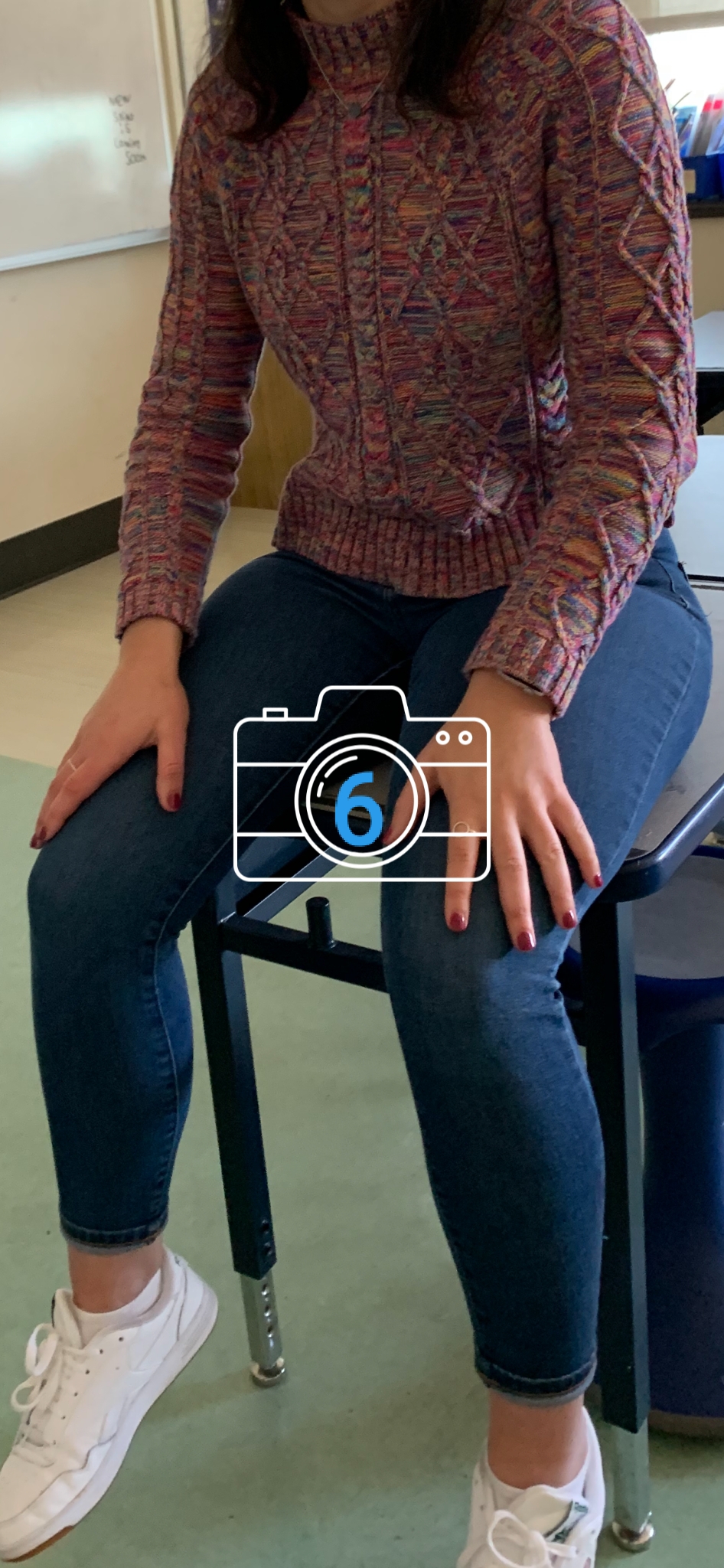Creepshots have become a controversial topic in the digital age, where privacy concerns are increasingly prevalent. This practice, which involves taking photographs or screenshots of individuals without their consent, has sparked heated debates about ethics, legality, and online behavior. In this article, we will explore the origins, implications, and potential consequences of creepshots, as well as how individuals can protect themselves in the digital world.
As technology continues to evolve, the ease with which people can capture and share images has led to significant changes in social behavior. While some argue that creepshots are simply a form of personal expression, others view them as a violation of privacy and consent. This dichotomy highlights the need for a deeper understanding of the issue and its broader implications.
This article aims to provide a comprehensive overview of creepshots, addressing the concerns surrounding this phenomenon while offering practical advice for safeguarding personal privacy. By examining the origins, legal considerations, and ethical implications, we hope to equip readers with the knowledge needed to navigate this complex issue.
Read also:How Old Is Bryten Myler Unveiling The Age And Journey Of A Rising Star
Table of Contents
- What Are Creepshots?
- History of Creepshots
- Legal Implications of Creepshots
- Ethical Considerations
- Platforms and Communities
- Psychological Effects on Victims
- How to Protect Your Privacy
- Creepshots and Consent
- Case Studies and Real-Life Examples
- Conclusion
What Are Creepshots?
Creepshots refer to the act of taking photographs or screenshots of individuals, often in public spaces, without their knowledge or consent. These images are typically uploaded to online platforms, where they are shared and discussed by users. While some argue that this practice is harmless, others see it as a violation of personal boundaries and privacy.
Characteristics of Creepshots
Creepshots often focus on unsuspecting individuals, capturing them in situations where they may not expect to be photographed. Common subjects include women in public spaces, people engaging in mundane activities, or individuals displaying unique characteristics. Below are some key features of this phenomenon:
- Non-consensual photography
- Often shared on online forums or social media platforms
- May involve voyeuristic or exploitative motives
History of Creepshots
The practice of creepshots gained significant attention with the rise of digital photography and social media platforms. Initially, these images were shared in niche online communities, but their popularity grew as technology made it easier to capture and disseminate content. The history of creepshots is closely tied to the evolution of the internet and the increasing accessibility of digital tools.
Early Beginnings
While the term "creepshots" may be relatively new, the concept of non-consensual photography has existed for decades. The proliferation of smartphones and social media platforms, however, has amplified the scale and reach of this phenomenon.
Legal Implications of Creepshots
Creepshots raise important legal questions regarding privacy, consent, and the rights of individuals. While laws vary by jurisdiction, many countries have enacted legislation to address non-consensual sharing of intimate images and other forms of privacy invasion.
Key Legal Considerations
Below are some legal aspects to consider when discussing creepshots:
Read also:Sone 012 The Ultimate Guide To Understanding And Utilizing This Revolutionary Technology
- Violation of privacy laws
- Potential for criminal charges in certain cases
- Impact on victims' mental health and well-being
Ethical Considerations
Beyond legal concerns, creepshots also pose significant ethical challenges. The practice raises questions about consent, respect for personal boundaries, and the responsibilities of digital citizens. Ethical considerations are crucial in shaping how individuals and communities approach this issue.
Respecting Consent
Consent is a fundamental principle in ethical discussions surrounding creepshots. Individuals have the right to control how their image is captured and shared, and any deviation from this principle can be seen as unethical.
Platforms and Communities
Online platforms and communities play a central role in the proliferation of creepshots. Many websites and forums have been criticized for facilitating the sharing of these images, often under the guise of free speech or personal expression. Understanding the role of these platforms is essential in addressing the issue.
Popular Forums
Some of the most well-known platforms associated with creepshots include:
- 4chan
- Image-sharing websites
Psychological Effects on Victims
Victims of creepshots often experience significant psychological distress, including feelings of violation, anxiety, and depression. The impact of non-consensual photography can be long-lasting, affecting individuals' mental health and well-being. Understanding these effects is crucial in advocating for victims' rights and promoting awareness.
Common Emotional Reactions
Victims of creepshots may experience a range of emotional responses, including:
- Feelings of violation and betrayal
- Increased anxiety and paranoia
- Decreased trust in others
How to Protect Your Privacy
In the age of digital photography and social media, protecting personal privacy has become more challenging. However, there are steps individuals can take to minimize the risk of becoming a victim of creepshots. Below are some practical tips:
Preventive Measures
- Avoid sharing personal information on public platforms
- Be mindful of your surroundings when in public spaces
- Use privacy settings on social media accounts
Creepshots and Consent
Consent is a critical component in discussions about creepshots. Without explicit permission, capturing and sharing images of individuals constitutes a violation of their rights. Educating the public about the importance of consent is essential in addressing this issue.
Defining Consent
Consent involves obtaining explicit permission from individuals before capturing or sharing their image. This principle applies to both personal and professional contexts, emphasizing the need for respect and transparency.
Case Studies and Real-Life Examples
Several high-profile cases have brought attention to the issue of creepshots, highlighting the need for stricter regulations and increased awareness. Examining these examples can provide valuable insights into the impact of this phenomenon.
Notable Cases
Below are some examples of notable cases involving creepshots:
- Reddit's creepshots subreddit controversy
- Legal actions taken against individuals sharing non-consensual images
- Public campaigns to raise awareness about privacy rights
Conclusion
Creepshots represent a complex and controversial issue in the digital age, raising important questions about privacy, consent, and ethical behavior. By understanding the origins, legal implications, and psychological effects of this phenomenon, individuals can take steps to protect themselves and advocate for stronger protections. We encourage readers to share their thoughts in the comments section and explore related articles for further information.
Call to Action: Join the conversation by sharing your experiences or insights in the comments below. Together, we can promote awareness and foster a safer digital environment for everyone.


